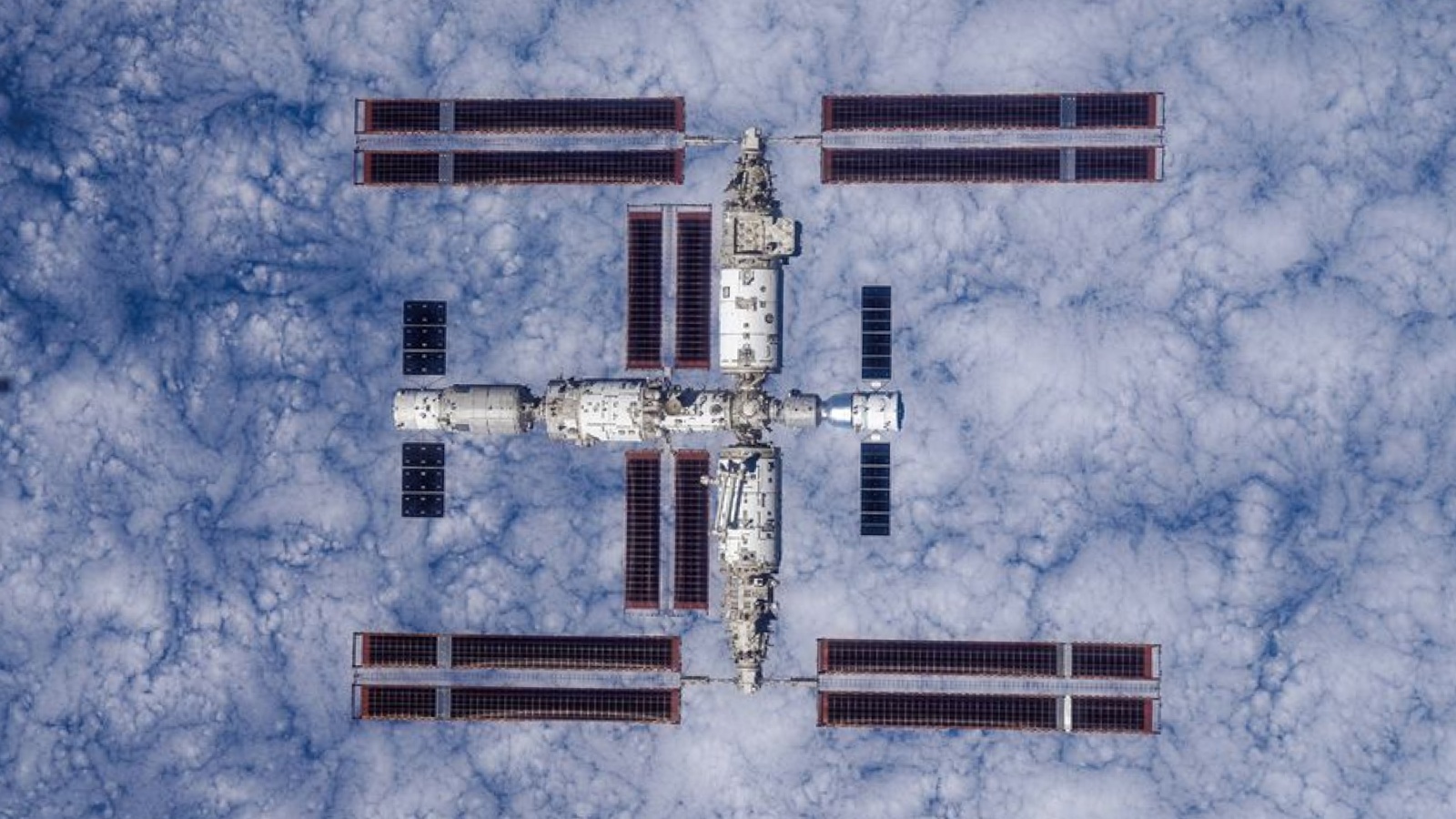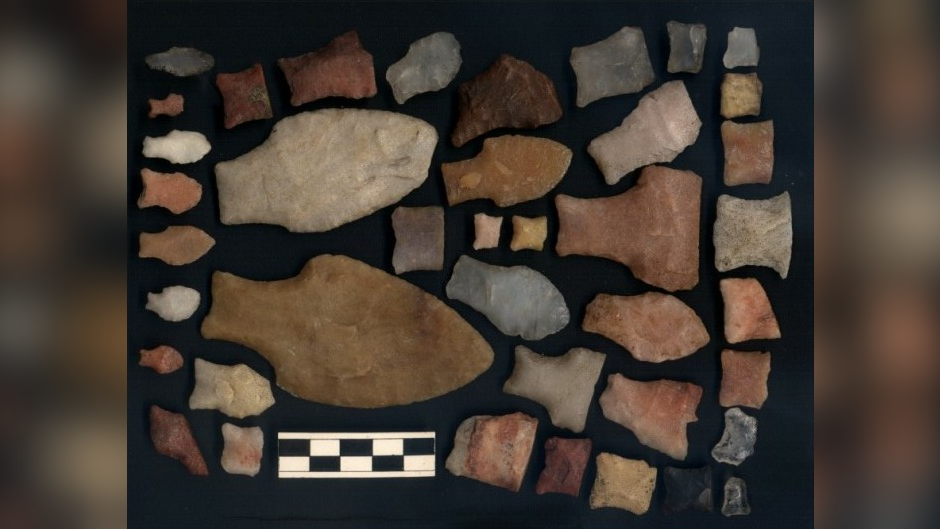'Stranded' astronauts aboard Chinese space station are preparing to come home — but no date has been announced
Three astronauts remain stuck on China's Tiangong space station after errant debris struck their return capsule last week. But their return vessel has already arrived, meaning a flight home will come sooner rather than later.

China is preparing to rescue three astronauts stranded inside the Tiangong space station, officials announced Tuesday (Nov. 11).
The astronauts Wang Jie, Chen Zhongrui and Chen Don, were forced to extend their stay aboard the space station after what's thought to be space junk struck their return capsule last week.
Now, representatives of the China Manned Space Agency (CMSA) say the astronauts are well and working normally while engineers perform tests on the backup capsule that will be used to ferry them back to Earth, according to an agency statement.
The agency has not announced a date for the Shenzhou-20 teams' return, but the crew is already carrying out tests and drills, according to the CSMA.
The replacement craft, which was crewed by the Shenzhou-21 team, docked with the Tiangong station on Nov. 1.
The work is progressing steadily and "according to plan," agency officials wrote in a translated statement. "The Shenzhou-20 astronaut crew is working and living normally and is conducting in-orbit scientific experiments together with the Shenzhou-21 astronaut crew."
China's Tiangong, or "heavenly palace" space station is 180 feet (55 meters) long and consists of three modules, making it around half the length and one-fifth the size of the 358-foot-long (109 m) International Space Station and its 16 modules.
Get the world’s most fascinating discoveries delivered straight to your inbox.
The space station usually holds a crew of three astronauts rotated across six-month stays. With the Shenzhou-21 crew also now aboard, the astronauts in the station will be more cramped than usual. But they won't necessarily be uncomfortable — the station is designed to hold two crews.
The unexpected extension of the Shenzou-20 crew's stay does have one upside. Commander Chen Dong, who has 416 nonconsecutive days in space and counting, already holds the record for most cumulative days in space by a Chinese astronaut. The unexpectedly long stay will increase his record.
The astronauts' ordeal is reminiscent of an earlier stranding of NASA astronauts Butch Wilmore and Suni Williams. The duo splashed down into the Gulf of Mexico with 286 space days on the clock after their week-long mission stretched out into nine months after their Boeing Starliner capsule malfunctioned.
The two closely-spaced stranding events were described by one expert as a "wake up call" for space rescue, according to Space.com. That's because, as an ever-increasing number of spacecraft and satellites populate Earth's skies, the space junk orbiting our planet does too — making events like this one ever more likely.

Ben Turner is a U.K. based writer and editor at Live Science. He covers physics and astronomy, tech and climate change. He graduated from University College London with a degree in particle physics before training as a journalist. When he's not writing, Ben enjoys reading literature, playing the guitar and embarrassing himself with chess.
You must confirm your public display name before commenting
Please logout and then login again, you will then be prompted to enter your display name.
